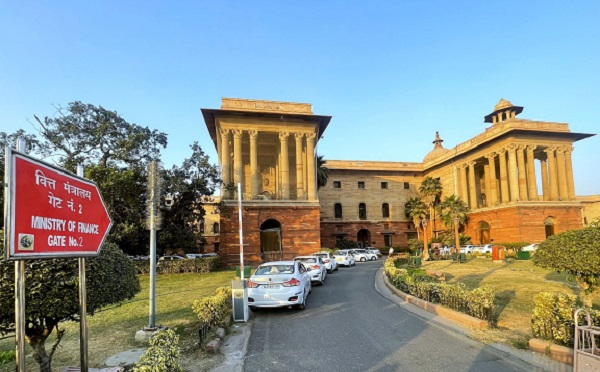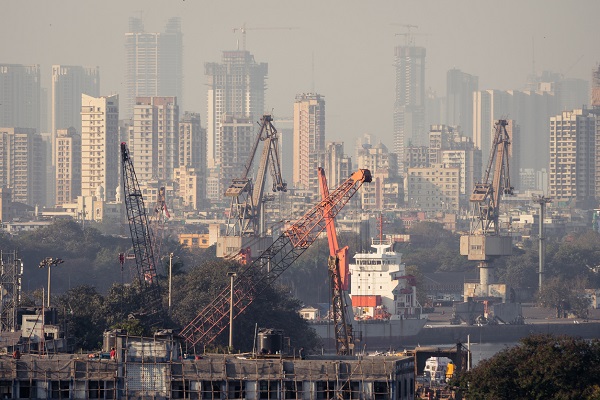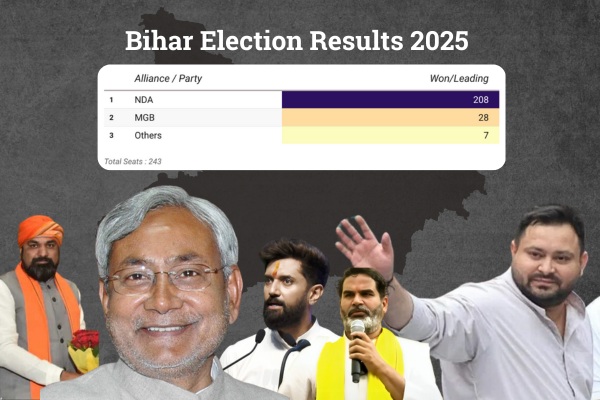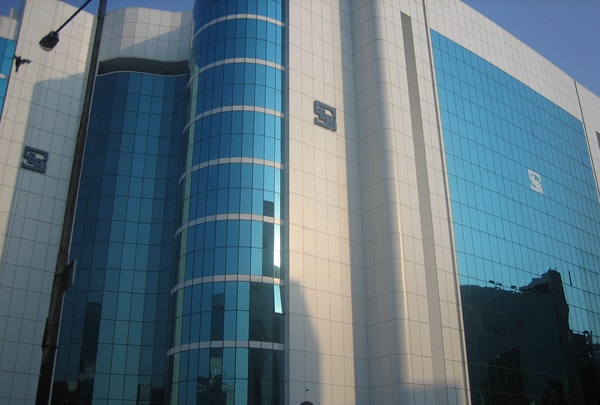.png)

Groupthink is the House View of BasisPoint’s in-house columnists.
November 13, 2025 at 12:36 PM IST
India appears on course to meet its 2025–26 fiscal deficit target of ₹15.69 trillion, or 4.4% of GDP, though the arithmetic rests more on favourable one-offs than on revenue strength. Record transfers from the Reserve Bank of India, front-loaded expenditure, and upward revisions to the GDP base could together keep the ratio intact. Yet these factors obscure the underlying weakness in the government’s fiscal position.
Tax revenues have shown little buoyancy even before the recent cuts in goods and services tax rates took effect. In the first half of the financial year, collections rose just 2.8% year on year to ₹18.65 trillion, against a full-year target implying 12.5% growth. To reach ₹42.7 trillion by March 2026, receipts would need to surge by more than 20% in the second half—an unlikely outcome given the lagged impact of tax reliefs and muted nominal growth.
Even assuming a 12.5% increase in the second half, the revenue shortfall could approach ₹1.75 trillion, with about ₹1.2 trillion falling on the Centre. The reason this may not derail the fiscal ratio lies in how the deficit has been front-loaded. Early spending on tax devolution to states and capital expenditure has inflated first-half numbers, but will even out as the year progresses.
Tax devolution to states rose 16% year on year to ₹6.32 trillion during April–September, outpacing the modest growth in tax revenues. Capital outlay jumped 40% to ₹5.81 trillion, including a ₹500-billion payment to the Food Corporation of India as a Ways and Means Advance. This amount will be reversed later, creating space for additional spending without worsening the deficit.
The record ₹2.69-trillion dividend from the RBI also strengthens this year’s optics, exceeding the Budget’s projection by about ₹400 billion. While helpful, this is a one-off gain, not a sustainable revenue source. Similar reliance on large central bank transfers in the past has flattered fiscal numbers without expanding the government’s underlying capacity to spend or invest.
Even the GDP denominator provides a statistical cushion. Nominal GDP growth has slowed to 8.8% in the first quarter, below the Budget assumption of 10.1%. Yet the upward revision to last year’s GDP keeps the nominal base higher than before. Even if growth averages just 8%, total GDP would still hover around ₹357 trillion, the level assumed in the Budget, making the deficit ratio appear stable even if the absolute gap widens slightly.
The fiscal outcome, therefore, could look better than it feels. India’s headline numbers will likely stay on target this year, but the composition of that success raises concerns. The deficit will be contained by exceptional transfers and statistical effects rather than by structural improvement in the revenue base.
For markets, that distinction matters. A fiscal path anchored in one-offs leaves little margin if growth slows or global conditions tighten. India’s fiscal calm this year may hold, but it rests on a fragile foundation that will test the government’s credibility in 2026–27.



